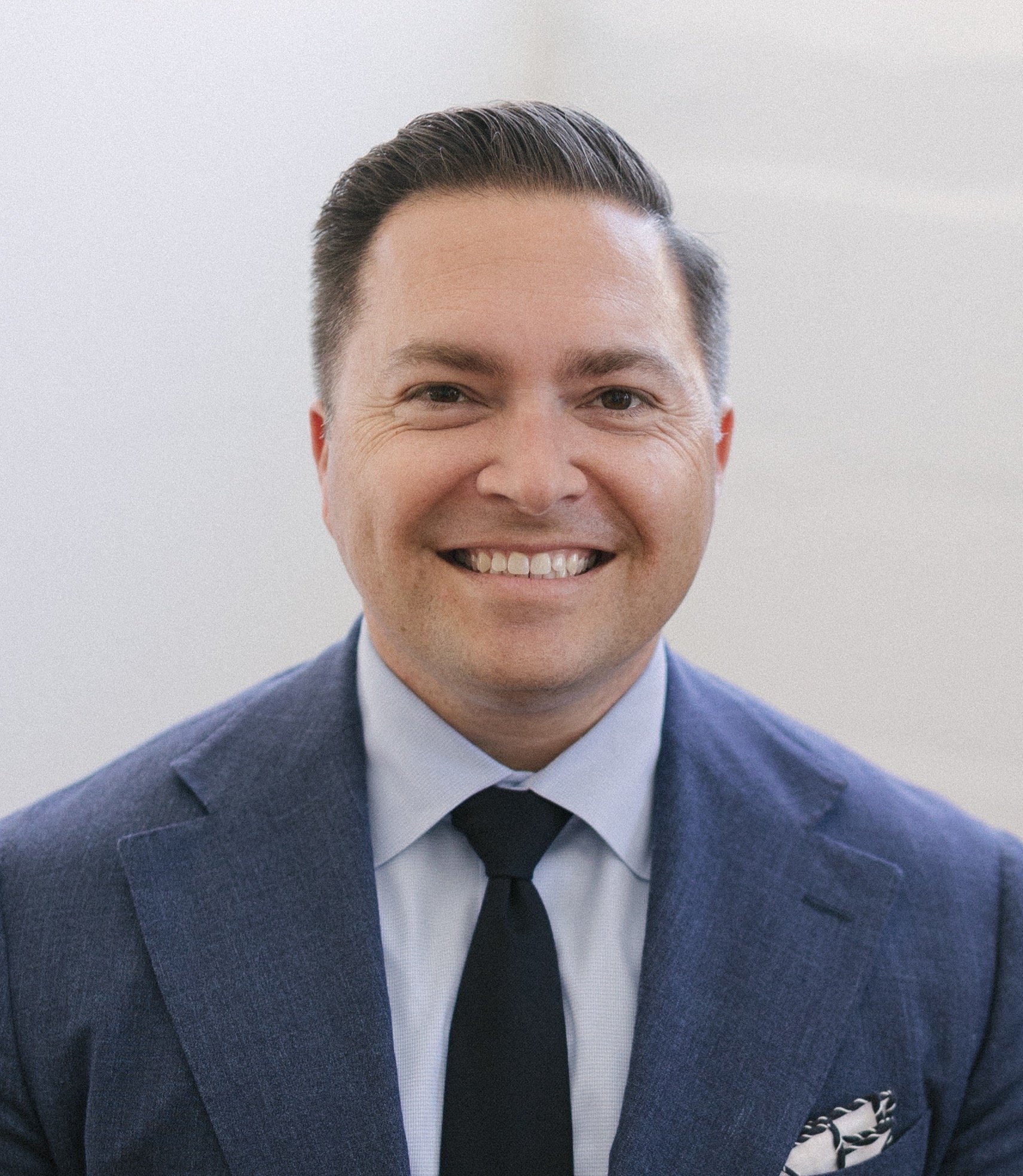Ensuring a Comfortable Retirement
Sunday was National Savings Day, which is a good reminder to start or review a savings plan. Saving money is different for each person, and each person may have multiple savings plans! You might be saving for emergencies such as a “rainy day” fund, or you could be saving for financial independence in retirement. Today, let’s focus on retirement.
“How much money will I need for retirement?” This is the question even the brightest financial minds cannot quantify in general terms. The answer all depends on your current lifestyle and the lifestyle you plan on having in retirement. At one time, planners assumed that clients would reduce their outflows and “pull down” their lifestyle after retirement to meet the expected income.
The rule of thumb was that clients should reduce expenses by at least 20% and live on 80% of their pre-retirement income. This may still be true if the client only has pension and Social Security income in retirement; -even living on 60% of that income potentially. However, evidence indicates that today’s retirees continue to spend as they did before retirement, thus needing more savings to offset unexpected expenses such as rising health care costs and home repairs.
…evidence indicates that today’s retirees continue to spend as they did before retirement…
Inflation and Buying Power
As an advisor, I am constantly recommending that my clients maintain an emergency fund. During accumulation years (working years), an easy rule of thumb is to maintain three to six months of bare bones expenses in liquid savings. During retirement, that number should be closer to twelve months if no pension is present or if Social Security benefits are less than current expenses.
However, inflation creates a problem for this cash fund; it loses buying power over time. For example, $100 in 1980 is only worth $24.23 now. Put in another way, a 50 year-old making $60,000 today would need $$85,546 by the time they reach 62 to continue the same standard of living.
It’s a good idea to keep some cash ready for emergencies, but do not keep more than what is absolutely necessary and make sure that cash is earning a decent yield for you. Inflation is roughly 3% annually, so carefully consider how your emergency fund is invested. Additional funds should be invested to beat inflation and allow for growth.
Invested Assets and Growth
If you are already saving for retirement, good for you! You are already on your way to a comfortable retirement. For example’s sake, let’s assume someone is starting at zero and has 40 years until retirement when they will need $1,000,000 to meet their goal. Without the power of compound interest and investment performance, that person would have to save $25,000 every year for 40 years to meet their goal.
However, if investing with a 5% rate of return, they would reach $1,000,000 in only 22 and a half years. Of course, maxing out a 401(k) and IRA each and every year is something most investors are not financially able to do. But assuming the same 5% rate of return, and 40 years to retirement, $1,000,000 can be reached by contributing just $8,278 per year; a much more achievable task thanks to compounding! AND, if you have an employer matching your contributions to a retirement savings plan, you can reach that goal even sooner.
So, what can you do? Instead of thinking of the “now” all of the time with spending decisions, think of the future. You know the road map; you know what it takes to get there; now, make it happen wherever possible.
How We Can Help
We encourage you to sit down with your fiduciary advisor to discuss topics like cash inflows and outflows, workplace retirement plans, estate planning, goal-saving, and specific investment strategies that can help you reach your goals.
We take care of your financial plan, so you can focus on what is important to you. It’s our job to know the details and how we can help your reach financial independence. We’re here to help.




.png?width=713&height=713&name=CPSIA_News_TaxConsiderations_Blog-LinkedIn%20(2).png)


